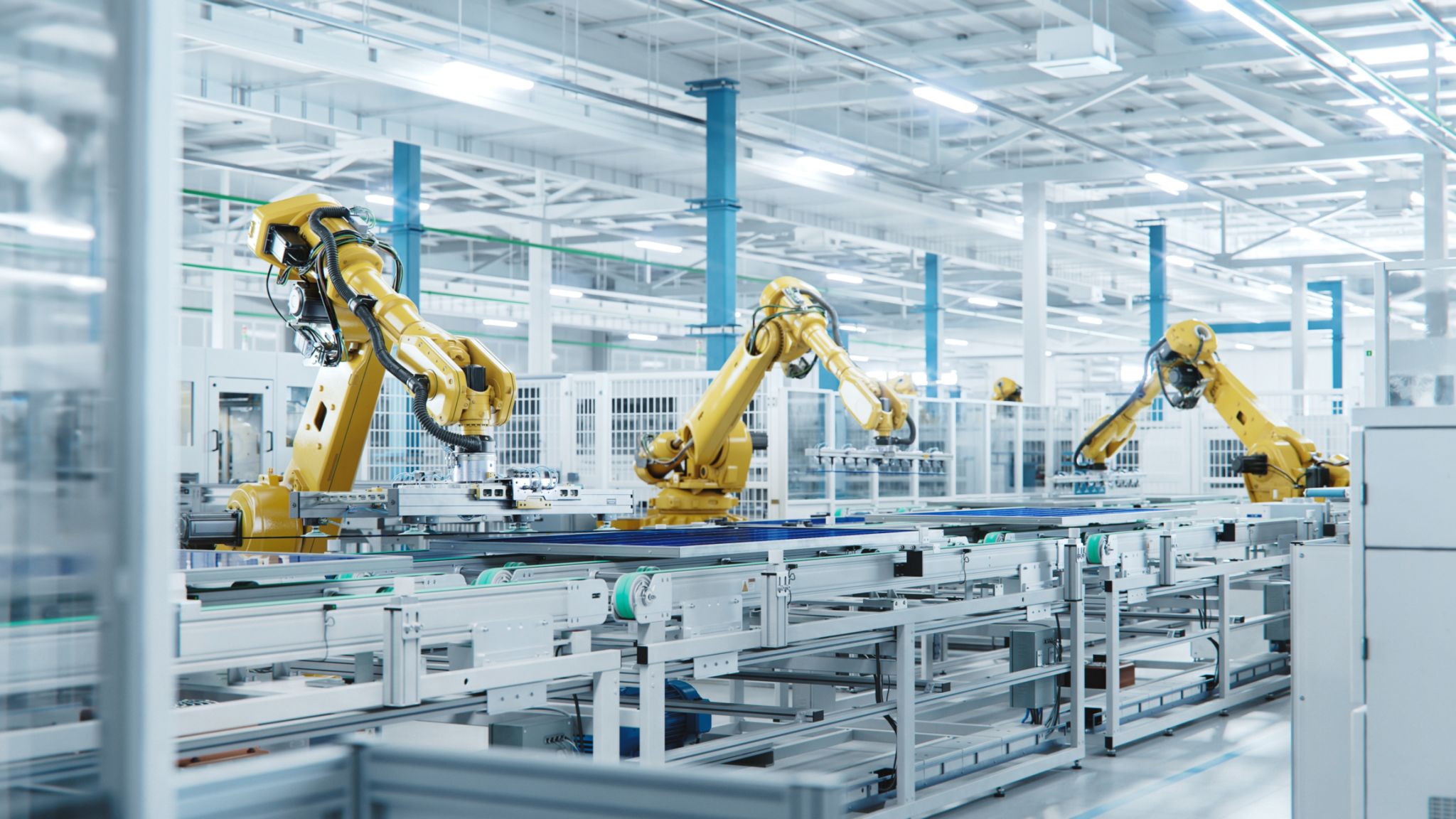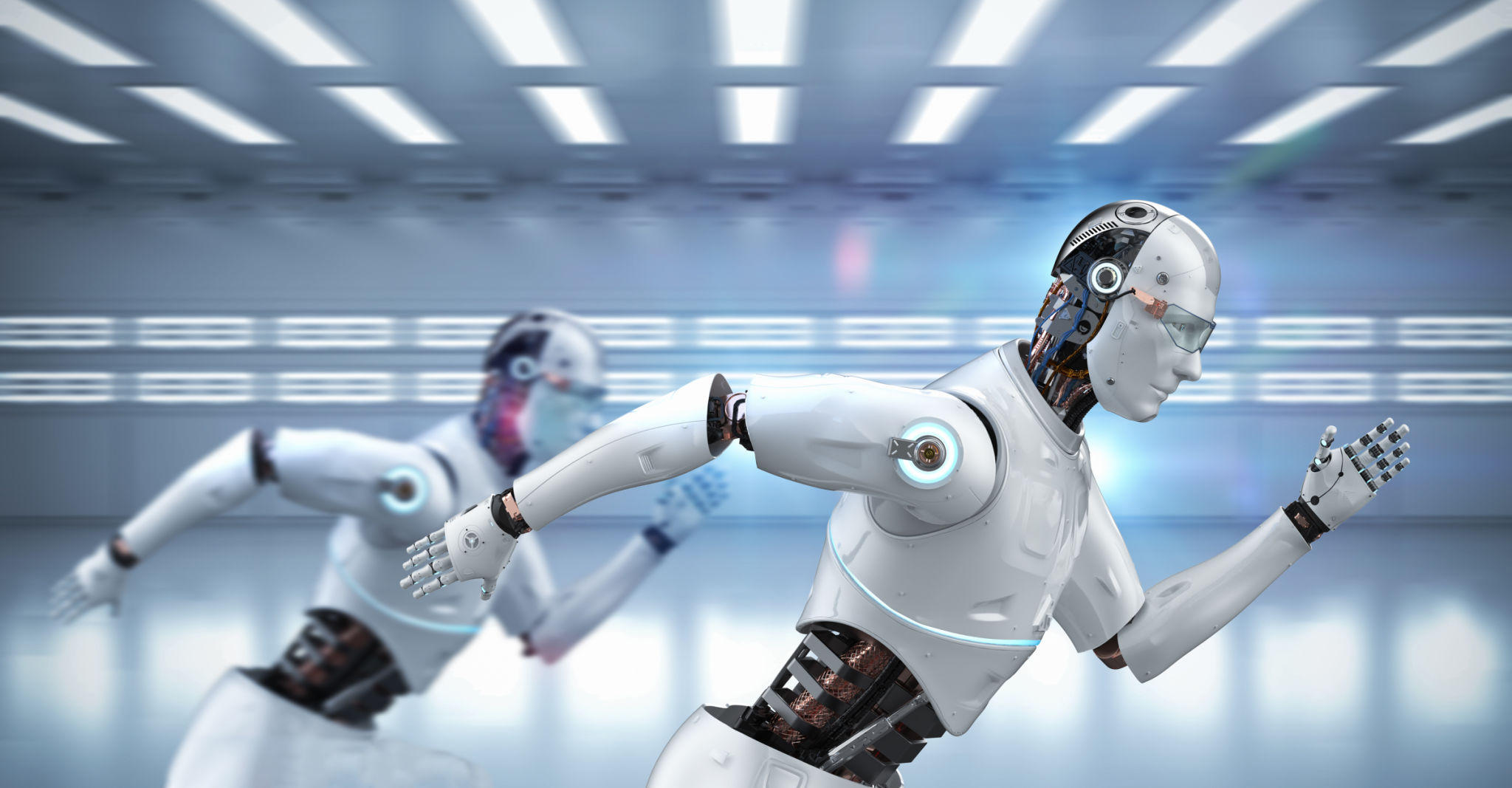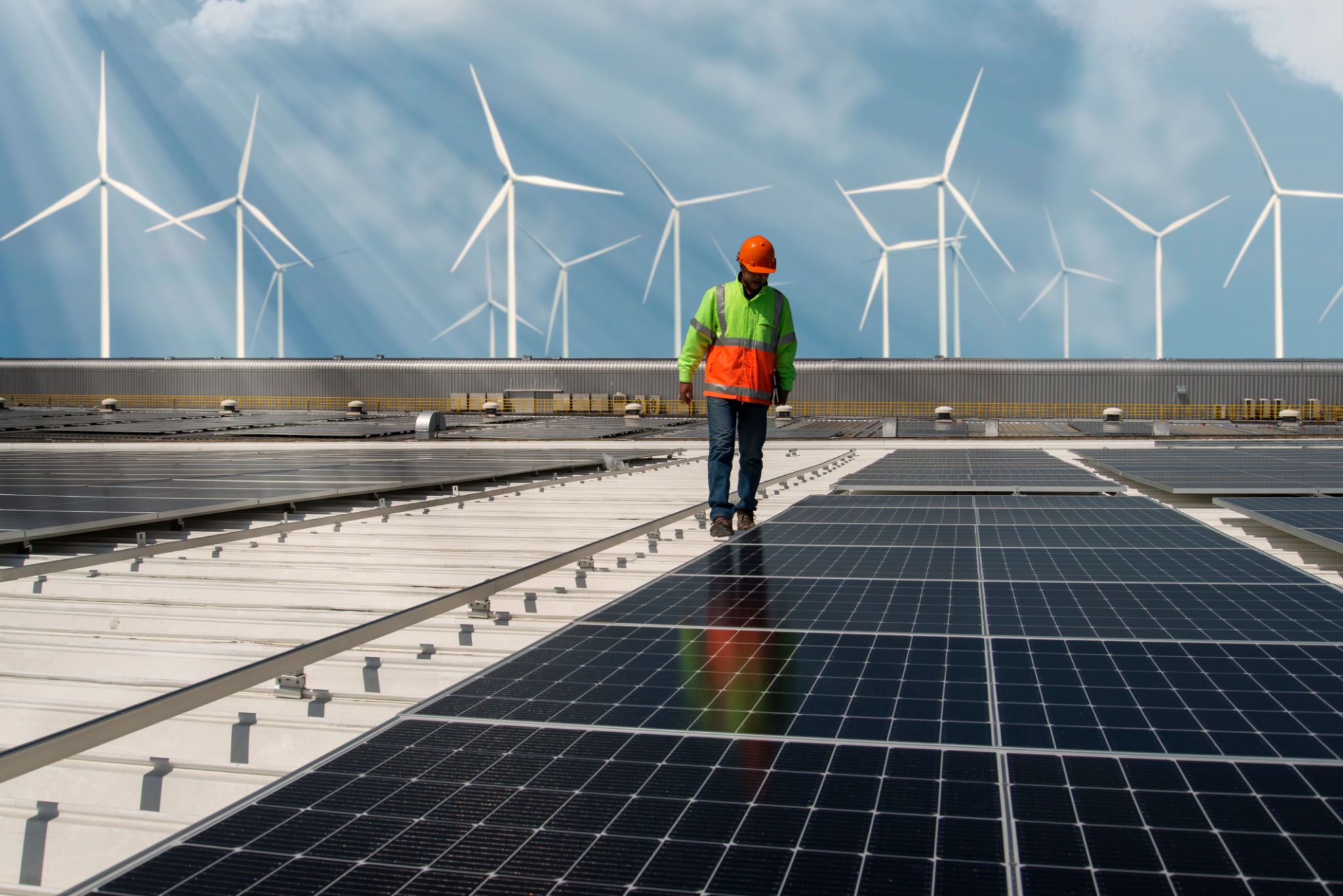Common Misconceptions about Robotics in Renewable Energy
Introduction to Robotics in Renewable Energy
As the world shifts towards more sustainable energy solutions, robotics is playing an increasingly important role in the renewable energy sector. However, despite its growing presence, there are several misconceptions surrounding its use. In this post, we'll explore some of the most common misunderstandings about robotics in renewable energy and provide a clearer picture of their capabilities and limitations.

Misconception 1: Robotics Replaces Human Jobs
A prevalent myth is that robots are taking over human jobs in the renewable energy sector. While it's true that robotics can perform certain tasks more efficiently, they are not a replacement for human workers. Instead, robots are used to complement human efforts, handling repetitive or dangerous tasks and allowing humans to focus on more complex problem-solving activities.
For instance, in solar panel maintenance, robots can clean panels more quickly and efficiently than humans, particularly in harsh environments. Meanwhile, human technicians can focus on system diagnostics and optimizing performance.
Misconception 2: Robotics Is Too Expensive
Many people assume that implementing robotic solutions in renewable energy is prohibitively expensive. While initial setup costs can be high, the long-term benefits often outweigh these expenses. Robots can significantly reduce operational costs by performing tasks faster and with greater precision, leading to improved efficiency and reduced downtime.
Additionally, advancements in technology are continually driving down the cost of robotics, making them more accessible to smaller companies and projects.

Misconception 3: Robots Are Limited to Solar Energy
Another common misconception is that robotics applications are limited only to solar energy projects. In reality, robotics play a crucial role across various renewable energy sectors. For example:
- In wind energy, drones are used for inspecting turbines and identifying potential issues before they become significant problems.
- In hydroelectric power, robots assist in the maintenance and monitoring of underwater structures.
- In biomass energy, robotics help automate processes such as sorting and transporting materials.
Misconception 4: Robotics in Renewable Energy Is a New Trend
Some may think that the use of robotics in renewable energy is a recent development. However, robotics has been part of the industry for years. What has changed is the level of sophistication and integration of these technologies into everyday operations.

Benefits of Using Robotics in Renewable Energy
Robotics offers numerous benefits that dispel the myths surrounding their use. These include:
- Enhanced Safety: Robots can operate in hazardous environments, reducing the risk to human workers.
- Increased Efficiency: Robotics can perform tasks faster and with greater accuracy than humans.
- Cost Savings: Despite high initial costs, robots can lead to significant savings over time through reduced labor costs and improved efficiency.
The Future of Robotics in Renewable Energy
The future of robotics in renewable energy is promising. As technology continues to evolve, we can expect to see even greater integration and innovation. This evolution will likely lead to increased efficiency and sustainability across the sector, ultimately contributing to a cleaner, greener future.
In conclusion, while misconceptions about robotics in renewable energy persist, it's crucial to recognize their valuable contributions to the industry. By understanding the reality behind these myths, we can better appreciate the role robotics plays in advancing renewable energy solutions.

